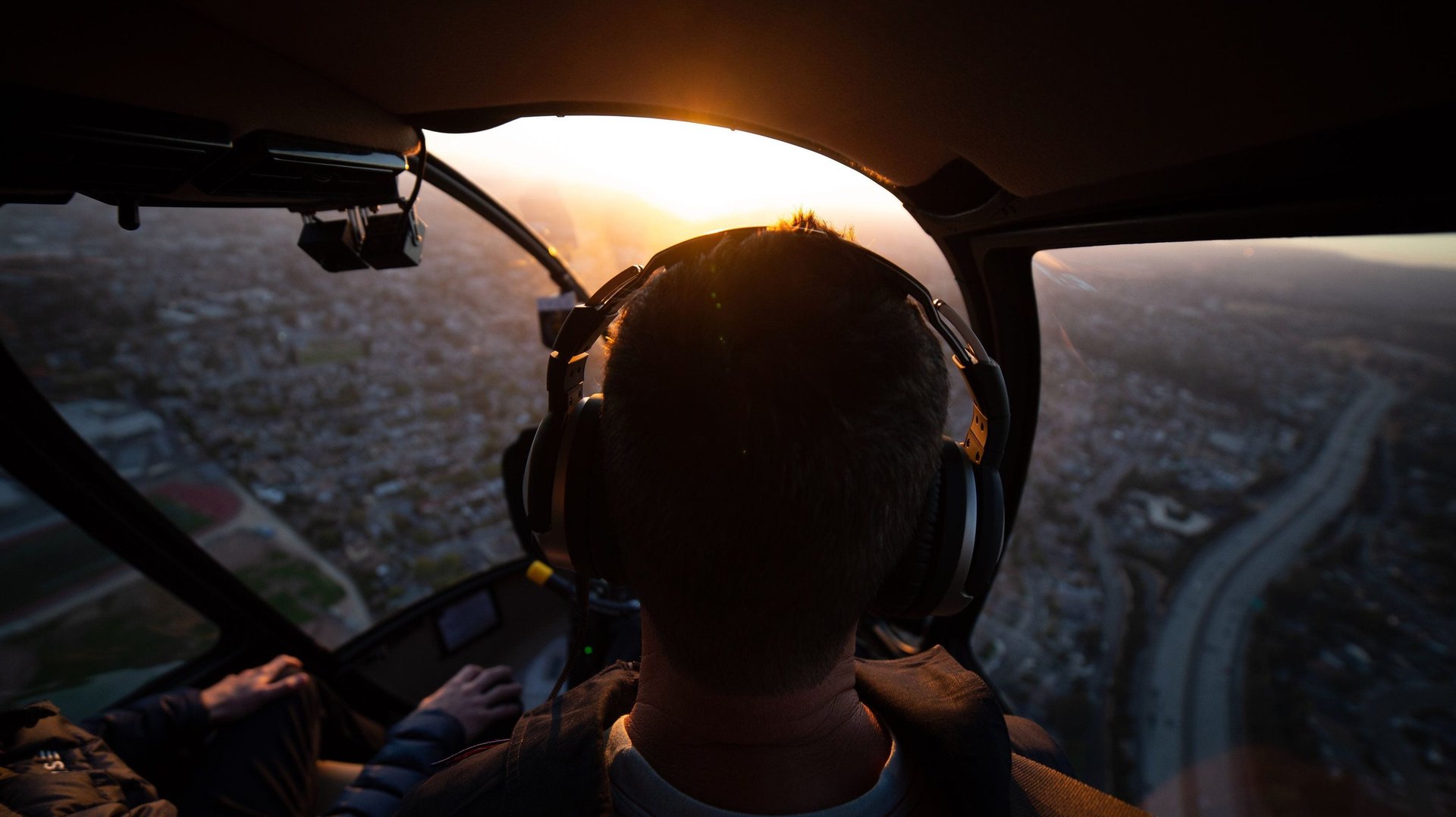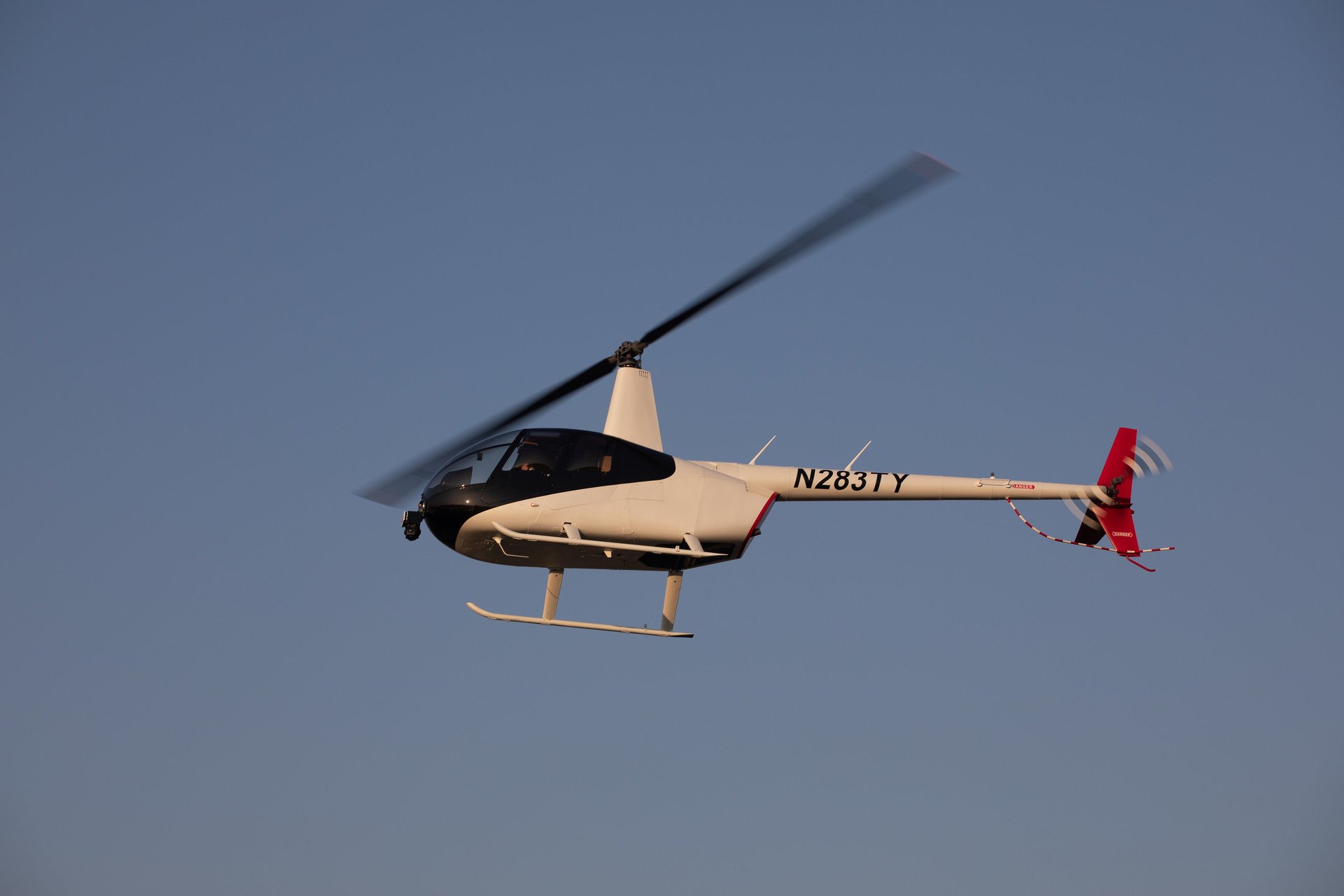A small town in California is paving the way for our self-flying future
For first responders, minutes can often mean the difference between life and death.


For first responders, minutes can often mean the difference between life and death.
That’s why getting to and from the scene of an emergency is so critical—and so costly. The average medical air evacuation in the US costs between $12,000 to $25,000 per flight, according to data from the National Association of Insurance Commissioners. A San Francisco-based startup, SkyRyse, is trying to shave off time and money from emergency response by equipping local police stations and firehouses with helicopters that will one day fly autonomously.
Today (Aug. 28), SkyRyse came out of stealth and announced the pilot program it’s been running in Tracy, California since early August. Only one SkyRyse-powered aircraft is operational, but it plans to roll out a more extensive program in the city in January. The company also announced it’s raised $25 million in funding led by the venture-capital firm Venrock.
The SkyRyse system is integrated with emergency dispatchers in Tracy. When someone calls in to report an emergency, the dispatcher can automatically deploy the SkyRyse vehicle, in addition to other first-responders who travel by land. The company’s CEO, Mark Groden, told Quartz over email that SkyRyse has been arriving at the scene of emergencies four times faster on average than emergency services on the ground, with the cost of each flight in the “low thousands” of dollars.

The aircraft has its limitations, however. During the pilot program, the aircraft is still being flown by a human pilot. It also has to refuel every three hours, and can only hold four passengers at a time. But with every trip, SkyRyse is gathering data that will eventually allow the aircraft to fly themselves.
A handful of companies—including Uber and Airbus—have been working on VTOL (vertical take-off and landing) technology to bring self-flying aircraft to the mainstream. (Google founder Larry Page has also invested in multiple flying vehicle startups.) Whether self-flying taxis, autonomous ambulances, or any other personal flying vehicles take off any time soon, one thing is certain: we definitely shouldn’t call them flying cars.